Discover how light seafood meals can transform your dining experience with our collection of healthy and low-calorie seafood recipes. Whether you’re aiming to shed pounds or simply embrace a more nutritious lifestyle, seafood offers a versatile and delicious foundation for meals that won’t weigh you down. From simple yet flavorful dishes to hearty, satisfying options, light seafood meals provide a balanced approach to cooking that aligns with modern dietary goals. Explore the best low-calorie seafood choices, sustainable fishing practices, and easy-to-follow recipes designed to maximize nutrition and minimize calories. With a focus on healthy ingredients and innovative cooking techniques, this guide will show you how to create meals that are as enjoyable as they are beneficial. Dive into the world of light seafood meals and discover a new way to savor the flavors of a healthier lifestyle.

What is the Healthiest Seafood to Eat?
When it comes to selecting the healthiest seafood, it’s important to consider factors like nutritional content, sustainability, and preparation methods. Seafood is a great source of high-quality protein, omega-3 fatty acids, and various vitamins and minerals. Here are some of the best options to choose from:
- Sardines (Pilchards) – Known for their high omega-3 content, sardines are packed with nutrients like vitamin D and selenium. They’re also a sustainable choice and can be easily cooked through baking or sautéing.
- Salmon – A favorite for its rich supply of omega-3s, particularly EPA and DHA. Salmon is versatile and can be prepared in countless ways, from grilling to poaching.
- Oysters – Oysters are low in calories and high in zinc, which supports immune function. They’re best enjoyed raw or grilled and are a great addition to appetizers.
- Mackerel – Another excellent source of omega-3s, mackerel is dense in nutrients like phosphorus and vitamin B12. It works well in salads or smoked as part of antipasto platters.
- Trout – Trout is rich in omega-3s and vitamin D. It’s a lean protein source and can be baked, steamed, or pan-seared for a delicious meal.
- Clams – Clams provide iron, zinc, and vitamin B12. They’re ideal for soups, stews, or simple garlic butter dishes.
For the best results, pair your chosen seafood with a variety of vegetables and whole grains to maximize nutrient intake. Experiment with different cooking methods to keep meals interesting and flavorful. Whether you’re looking for a quick dinner or a special occasion dish, these options offer a balanced and satisfying dining experience.
Want to learn more about cooking these seafood options? Check out our seafood recipes collection for inspiration and step-by-step guides.
The Lowest Calorie Seafood
When looking for the lowest calorie seafood options, several varieties stand out due to their naturally lean profiles. Here’s a breakdown of some of the lowest-calorie fish and their nutritional benefits:
- Tilapia : Known for its mild flavor and low fat content, tilapia is one of the lowest-calorie fish. A 3-ounce serving typically contains around 130-150 calories, making it an excellent choice for those monitoring their calorie intake.
- Salmon : Despite its reputation for being high in fat, salmon is actually a great source of healthy fats (omega-3s) and remains relatively low in calories. A 3-ounce portion usually has about 200 calories.
- Shrimp : Shrimp is another lean protein option with about 50-100 calories per 3 ounces, depending on the preparation method. Its versatility makes it a favorite for low-calorie diets.
- Sardines : These small fish are nutrient-dense and pack in significant protein with minimal calories. A 3-ounce serving of sardines clocks in around 90-100 calories.
- Mackerel : Mackerel is rich in omega-3 fatty acids and has a calorie count of approximately 140-150 calories per 3 ounces, making it a smart choice for health-conscious eaters.
When selecting seafood, opt for fresh fillets or portions to maximize nutritional value and minimize added calories from sauces or batters. Choosing sustainably sourced options ensures you’re not only eating low-calorie seafood but also supporting eco-friendly practices.
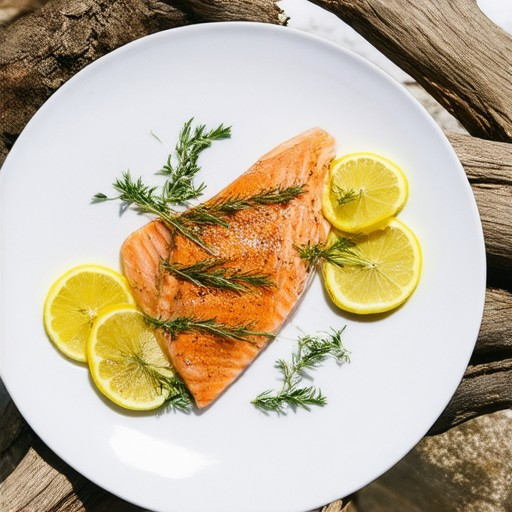
What Dishes Can You Make with Seafood?
Seafood offers a versatile base for a wide variety of dishes, catering to different tastes and dietary preferences. Here’s a breakdown of popular seafood dishes:
- Shellfish Dishes:
- Clam chowder
- Shrimp ceviche
- Mussels in white wine sauce
- Lobster rolls
- Finfish Dishes:
- Sushi and sashimi
- Tuna steaks
- Salmon burgers
- Grilled swordfish
- Crustacean Dishes:
- Crab cakes
- Scampi pasta
- King crab legs
- Shrimp stir-fry
These dishes can be prepared in various ways, from grilling and baking to boiling and stir-frying. Whether you’re looking for a quick meal or a gourmet feast, seafood provides endless possibilities.
For more inspiration, check out our seafood cooking techniques and explore our collection of seafood recipes for beginners .
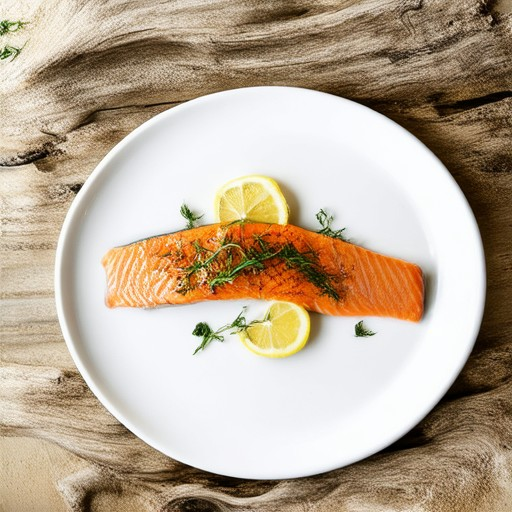
What Are Low-Fat Seafood Options?
When looking for low-fat seafood options, you can enjoy a variety of fish and shellfish that are not only nutritious but also delicious. Here’s a list of some of the best low-fat seafood choices:
- Flounder : Known for its lean profile, flounder is a great source of protein and omega-3 fatty acids, making it a smart choice for those watching their fat intake.
- Hake : Another lean fish, hake is tender and flavorful, perfect for meals that require minimal prep time.
- Haddock : A white fish with a mild taste, haddock is low in fat and high in nutrients, ideal for baking or frying.
- Salmon : While slightly higher in fat than some other options, salmon is rich in healthy fats and beneficial omega-3s, making it a worthwhile inclusion in a low-fat diet.
- Tilapia : A popular choice, tilapia is lean and versatile, fitting well into a variety of recipes.
- Ocean Perch : A lesser-known option, ocean perch is another low-fat fish that offers a satisfying meal.
- Shrimp : Shrimp is a low-fat protein source, making it a great addition to salads, stir-fries, or grilled dishes.
- Scullops : These small, tender morsels are low in fat and high in flavor, perfect for ceviche or pasta dishes.
- Crab : Crab meat is another excellent low-fat choice, often used in dips, salads, or as a topping for pasta.
- Clams : Clams are a low-fat option that adds a briny kick to dishes like chowder or linguine alle vongole.
If you’re looking for more seafood recipe ideas, visit our seafood recipe hub for a variety of low-fat and healthy seafood dishes. Explore our collection of seafood diet recipes to find inspiration for your next meal.
What Seafood Is Best for Weight Loss?
The best seafood for weight loss is low in calories, high in protein, and rich in essential nutrients. Here are some of the top options:
- Salmon : Known for its high protein content and healthy fats, salmon is a great choice for weight loss. It’s rich in omega-3 fatty acids, which support heart health and reduce inflammation.
- Shrimp : Shrimp is another excellent option due to its low calorie count and high protein content. It’s versatile and can be incorporated into various meals for a satisfying dining experience.
- Cod : A mild-tasting fish with a flaky texture, cod is low in calories and high in protein. It’s a versatile ingredient for a wide range of recipes.
- Tilapia : Often considered a staple in weight loss diets, tilapia is lean and provides a good balance of protein and healthy fats. It’s also relatively affordable and widely available.
- Sardines : While smaller in size, sardines are packed with nutrients, including omega-3 fatty acids and vitamin D. They’re a great addition to meals for extra flavor and nutrition.
- Mackerel : Mackerel is another excellent source of omega-3 fatty acids and lean protein. Its robust flavor makes it a good choice for those looking to add more seafood to their diet.
These seafood options are not only nutritious but also versatile enough to fit into a variety of diets, making them ideal choices for weight loss and maintaining a healthy lifestyle.
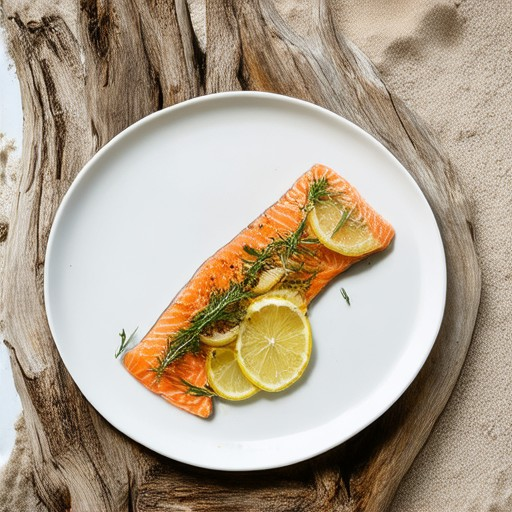
Can You Eat Seafood on a Low-Fat Diet?
Yes, seafood can definitely be part of a low-fat diet. Many types of seafood are naturally low in fat and high in essential nutrients like omega-3 fatty acids, which are beneficial for heart health.
Why Seafood is a Good Choice for Low-Fat Diets
- Low in Saturated Fat: Most seafood varieties are low in saturated fats, making them a healthier option compared to meats higher in fat.
- Rich in Omega-3 Fatty Acids: These healthy fats support brain function and reduce inflammation, contributing to overall well-being.
- High in Protein: Seafood provides high-quality protein, which helps in building and repairing tissues, without adding excessive calories.
How to Enjoy Seafood on a Low-Fat Diet
- Select Lean Fish: Choose fish like salmon, cod, tilapia, and trout, which are lower in fat compared to fatty fish like mackerel or eel.
- Portion Control: Stick to recommended serving sizes to avoid consuming too many calories.
- Cook Smart: Grill, bake, or poach seafood to keep it healthy and flavorful without added oils or sauces.
- Pair with Vegetables: Serve seafood with non-starchy vegetables like broccoli, spinach, or quinoa to balance the meal and increase fiber intake.
Conclusion
Incorporating seafood into your low-fat diet can be a delicious and nutritious choice. By choosing the right types of seafood and preparing them healthily, you can enjoy meals that are both satisfying and aligned with your dietary goals.

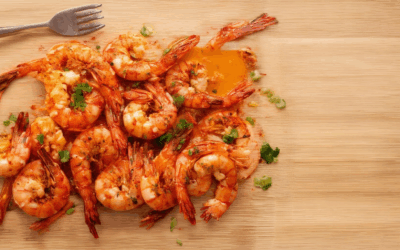
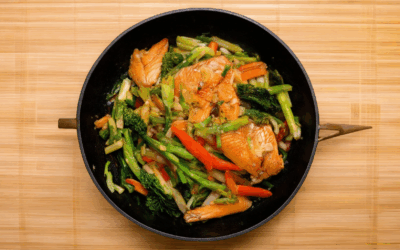
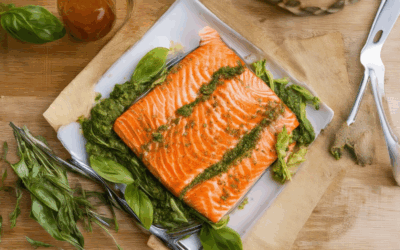
0 Comments